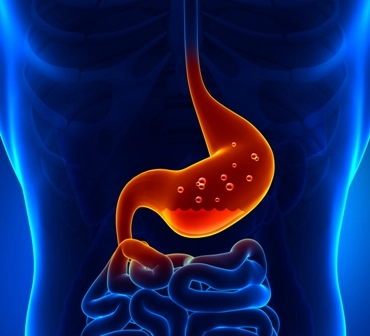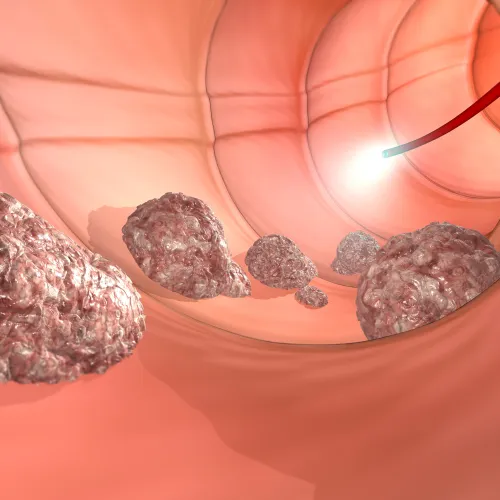Breathe Easy, There Isn't Much Change in the New Coding System For Mammography
You don’t have to get confused with many options!
One good thing about the transition to ICD-10 is that the diagnosis coding guidelines for mammograms have not changed significantly, so it should be easy for you to use the new codes. Read on to see how you would code for mammography screenings, diagnostic tests, and findings in the new ICD-10 coding system.
Remember the Clinical Findings and Secondary Diagnosis
Like ICD-9, under ICD-10 you still have to assign a screening code as the primary diagnosis for a screening mammogram. However, ICD-10 does not distinguish between high risk patients (V76.11, Screening mammogram for high-risk patient) and low risk patients (V76.12, Other screening mammogram), so you do not have two screening codes in the new coding system. You report Z12.31 (Encounter for screening mammogram for malignant neoplasm of breast). Also include any relevant clinical history or clinical findings as a secondary diagnosis.
Tip: In ICD-10, you will find Z12.31 in the Index under “Mammogram, routine” or “Screening, neoplasm, breast, routine mammogram.”
For a patient with a family history of breast cancer, submit the claim with code Z12.31 followed by Z80.3 (Family history of malignant neoplasm of breast).
Rely on Radiologist’s Notes and Disease Symptoms
You cannot submit a diagnostic mammogram with screening code Z12.31. Instead, you need to use the radiologist’s definitive findings to help choose a code. In a case of inconclusive findings, report the signs and/or symptoms that necessitated the order of a diagnostic mammogram.
Example: If calcification is seen in the patient’s screening mammogram and the radiologist documents that the calcifications are most likely vascular in nature, he could recommend the patient continue routine annual screening mammograms. The diagnosis code for this would be R92.1 (Mammographic calcification found on diagnostic imaging of breast).
Correctly Code Mammographic Findings
When you still coded with ICD-9, you had separate diagnoses for breast nodule (793.89) and breast mass (611.72). In ICD-10, both breast mass and breast nodule are reported with the same code: N63 (Unspecified lump in breast). Rely on the ICD-10-CM Index to locate the appropriate codes for any mammographic findings.
Pay Heed to the Excludes1 Note Under R92.2
Mammography is not very effective in detecting cancer when the patient’s breast tissue is dense. If the mammogram is inconclusive because of dense tissue or for other reasons, file with diagnosis R92.2 (Inconclusive mammogram). This code is indexed under the main term “Dense breasts.”
Heads up: There is an Excludes1 note under code R92.2 which indicates that R92.2 may not be reported together with the screening mammogram code, Z12.31. Therefore, R92.2 should only be assigned when a diagnostic mammogram is performed.




